Photo by James Ransom

Join The Sandwich Universe co-hosts (and longtime BFFs) Molly Baz and Declan Bond as they dive deep into beloved, iconic sandwiches.
Listen NowPopular on Food52
Continue After Advertisement
55 Comments
Daniel P.
January 5, 2021
Freeze your stock in ice cube trays. Eight cubes equal one cup. Simple to use.
Rosalind P.
January 5, 2021
Great idea. And you can concentrate the stock by boiling it down to save even more space. Just remember to add water back when you use the stove
Beth
January 5, 2021
Where can you find ice cube trays? I haven't seen them in 30 years or more. Not even plastic ones, and the great metal ones with a lever that loosened the cubes are gone too.
Rosalind P.
January 5, 2021
Actually they are readily available via internet shopping. Good news is that there are many sources other than Amazon (if you are joining the "never-Amazon" cause). But even better, if you don't want to buy yet another small item to clutter your kitchen: I have used foam or plastic egg cartons. Obviously, be sure your stock is room temperature first. Then remove the frozen stock pieces by running the container, bottom side up, under warm water. The pieces pop right out. Store the pieces in a bag.
pb
January 25, 2023
I was able to get several of the metal trays on eBay. It was a few years ago, but they weren't expensive.
Cindy
January 4, 2021
Veggie vs meat broth: I see comments suggesting cooking veggie broth no longer than an hour which makes sense. Would it be necessary to cook it longer if you included leftover poultry or meat bones?
This is a great reminder to use up the leftover bits. We have citywide composting (required - no food allowed in the garbage!) so it isn't going into the landfill, but this way is even better!
This is a great reminder to use up the leftover bits. We have citywide composting (required - no food allowed in the garbage!) so it isn't going into the landfill, but this way is even better!
Daniel P.
February 14, 2020
I freeze my stock in ice cube trays and turn the cubes out into a box for storage. Eight cubes equal a cup of liquid.
sirgroiney
October 3, 2019
We've been making veggie stock (all from leftover vegetables bits frozen over a couple of weeks or so) and chicken stock in our house for several years, but I never added dry vermouth to my vegetable broth! Is excellent, thank you.
littlelemon
January 10, 2018
Has anyone tried adding carrot tops, beet greens, turnip greens? Do they make things bitter?
Sharon
January 11, 2018
You get much more flavor from root vegetables (preferably roasted). Beet and turnip greens are delicious on their own, sauteed with onions & garlic, then briefly simmered with a splash of stock, and bits of any kind of smoked meat, if that's on your diet. In other words, greens deserve more of a starring role. Turnip greens, like collards and mustards, are wonderful added to soups, rather than basic stocks. Also, be aware that beet greens will color your stock, and turnip greens may take it in a direction that might clash with the flavor profile of the end product of your stock. Carrot tops taste like lawn clippings. Plain and simple. I'm one of those chefs who NEVER throws anything out, but I've never found any use for carrot tops. But, who knows? Maybe you'll like them! Experiment on your own and decide.
Denise M.
January 7, 2018
Using vegetable scraps for stock helps me justify the cost of my organic CSA delivery.
Rosalind P.
January 6, 2018
Have found that the longer than an hour for an all veggie stock doesn't add any flavor (different for meat stocks). The vegetables have given their all and there's really nothing left after that hour of simmer -- in my experience. Mushrooms are a great addition to the list; all those stems trimmed for other dishes, plus the caps themselves. A few tomatoes (not too many; don't want a tomato soup) are always good. And something for umami besides the mushrooms: marmite if you can get it. The parmesan rind does that job as well. parsley; celery leaves; vegetarian "oyster sauce" from the Chinese grocery;
Kelly K.
January 4, 2018
Great idea! I have so much vegetable scraps leftover from my weekly food prep sessions! I don't scrub my veggies before peeling them for cooking, just a quick rinse. Would pesticides be a concern when boiling the skins such a long period of time for the stock? I don't buy always buy organic produce.
Beth
January 4, 2018
You can throw in any leftover cooked veggies too, it's all good. Question: where can I get Parmesan rinds? Ashamed to say I buy Parmesan already grated so I never have rinds. Thanks
JamieKins
January 13, 2019
If your grocery store sells fresh grated Parmesan, then they probably sometimes sell small containers of rind. Mine just sets them out with the Parm and I buy a container to keep in the freezer.
judy
October 25, 2016
I've made stock from bones for several years now. I freeze them until I have enough for stock. I also pressure cook whole chicken on a low rack. All the juices release into th pot and the chicken is not sitting in them. Then I have wonderful stock. I NEVER thought about keeping veggie scraps to make stock. I have started using more of the stuff we used to throw away--beet greens, carrot tops, no longer peel carrots or beets. The other day I was prepping a fennel for a braise. And tossed the stems-all the while thinking I need to find a way to use these up instead of throwing. Now i know. Thanks for a GREAT tip. Will start this week. To the person who wondered what to do with the cauliflower greens--I ALWAYS cook them right along with my cauliflower. I think I like the green part even better. Think of all the cores of cabbage, etc that get tossed. I Love this idea (even if it is not a new one). Food52 often recycles their ideas. I love it because I am a relatively new fan. I spend hours reading this site each week..one of my new favs. Thanks to all of you for your comments as well.
whatshername
February 28, 2016
I just bought 2 beautiful cauliflower heads. I was wondering if the stalks would be acceptable to save for stock?
Momdotcom41
February 8, 2020
The stalks and leaves are my favorite parts. I actually don’t like the broccoli 🥦 florets!
Marian B.
July 1, 2015
I simmer mine for at least an hour! I once read someone describing their attempt at making Mark Bittman's supposed 20-minute stock recipe and calling the result something like "weak vegetable tea"
Karin W.
July 1, 2015
The longer the better. 20 minutes if you are really pressed for time. But you can easily let it cook for an hour or more.
nola2chi
April 5, 2015
Once while making a big batch of veggie stock I became ill and had to abandon the kitchen. The stock pot was put on the back porch, temp in low 30's, but not freezing. The next day I put it back on the stove and continued. Now I "steep" all of my stocks. It truly intensifies all of the flavors. Kitchen 'accidents' can be great.
Sharon
December 12, 2015
Great tip for novices. Steeping stocks is the same principle as steeping tea; the longer the stronger. I've got a very cold back porch, too, and make good use of it for steeping everything from mulled wine to stocks and broths. Overnight infusions work wonders. Practiced cooks & chefs know these things, but it's hard remember to pass every little tip on to the newbies. Thanks for posting.
behughes
December 11, 2014
One thing that I would note is that a lot of Parmesan cheese is NOT vegetarian (it contains rennet). So for all the vegetarians out there making this, keep that in mind.
Holly
January 20, 2015
Vegetarians eat cheese. This recipe doesn't work for Vegans as they don't eat anything animal related...
altthymes
January 27, 2015
Not necessarily true. As behughes said, most cheese is made with rennet, which most commonly comes from the stomach lining of a young calf. So if you are a vegetarian eating cheese, that could be a moral problem for you. There are some cheeses that are made with vegetarian or microbial rennet, but you have to do your homework.
Sarah C.
February 26, 2016
Most cheeses purchased in packaging these days will tell you whether they've been made with animal rennet or not. Most if not all cheese varieties at regular stores have vegetarian versions.
Carry P.
May 6, 2014
You took the words right out my mouth! We make our vegetable broth the same way (by saving and cooking veggie scraps). We use our pressure cooker, though, so it's done in about 30 minutes.
Sharon
April 15, 2014
Why? First, we're not going to eat them, they'll be strained out, and the onion skins impart something elusive. Plus, they seem to protect the onion while roasting. With the carrots, most of the vitamins are just below the skin, so when you peel them you throw away a good portion of the nutrients! I stopped peeling my carrots decades ago. I scrub them well with a vegetable brush. I do the same with turnips and sometimes parsnips, depending on how young they are. Think about it, we don't peel radishes do we? What's the difference?

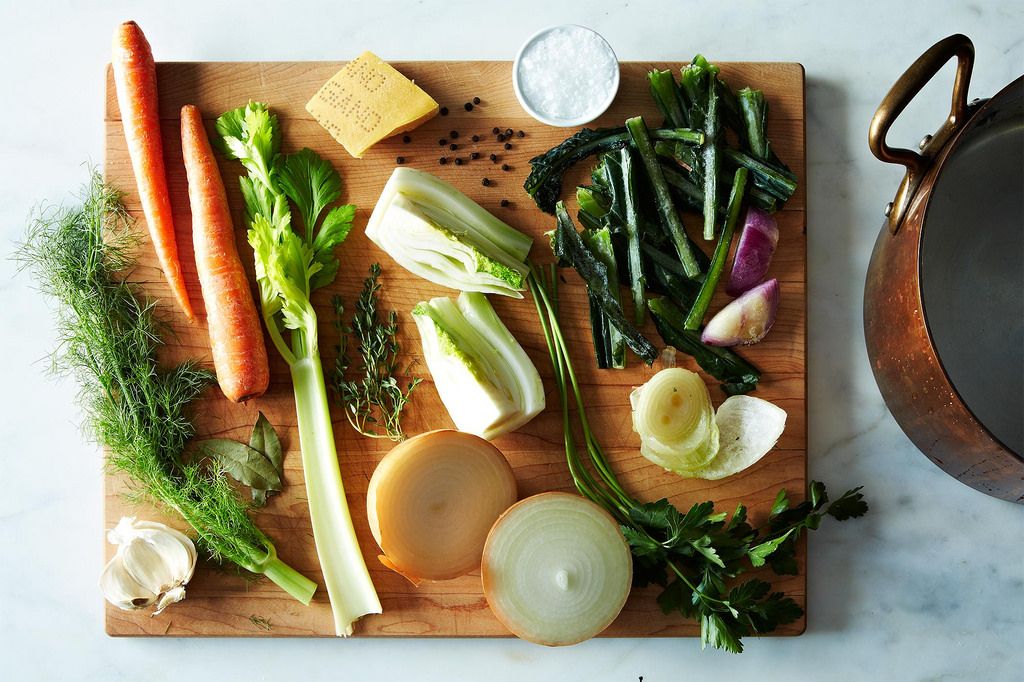
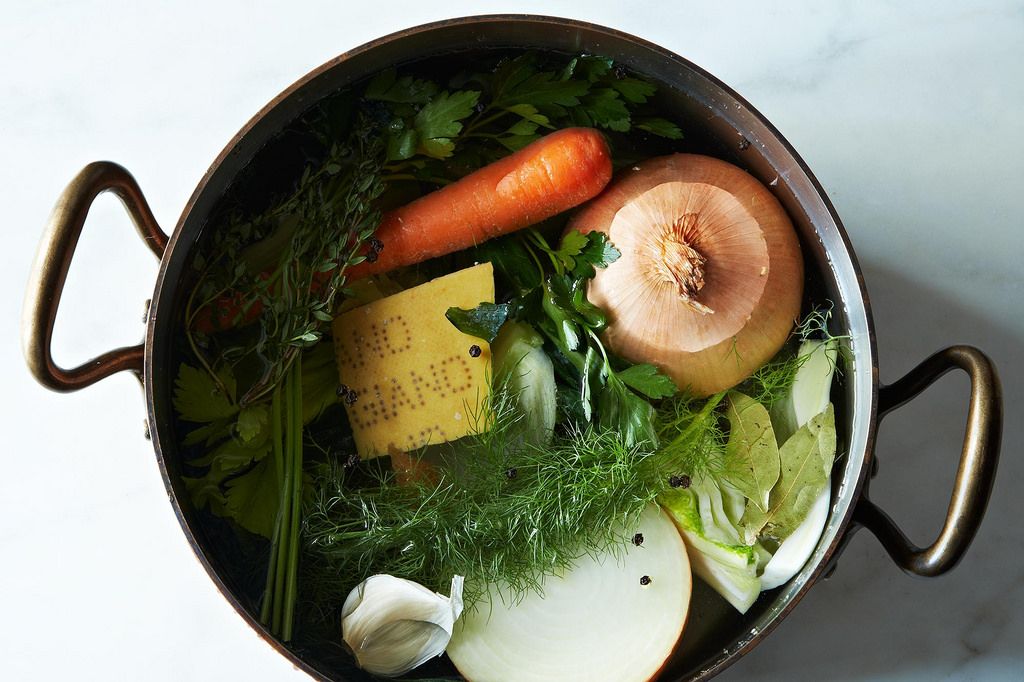
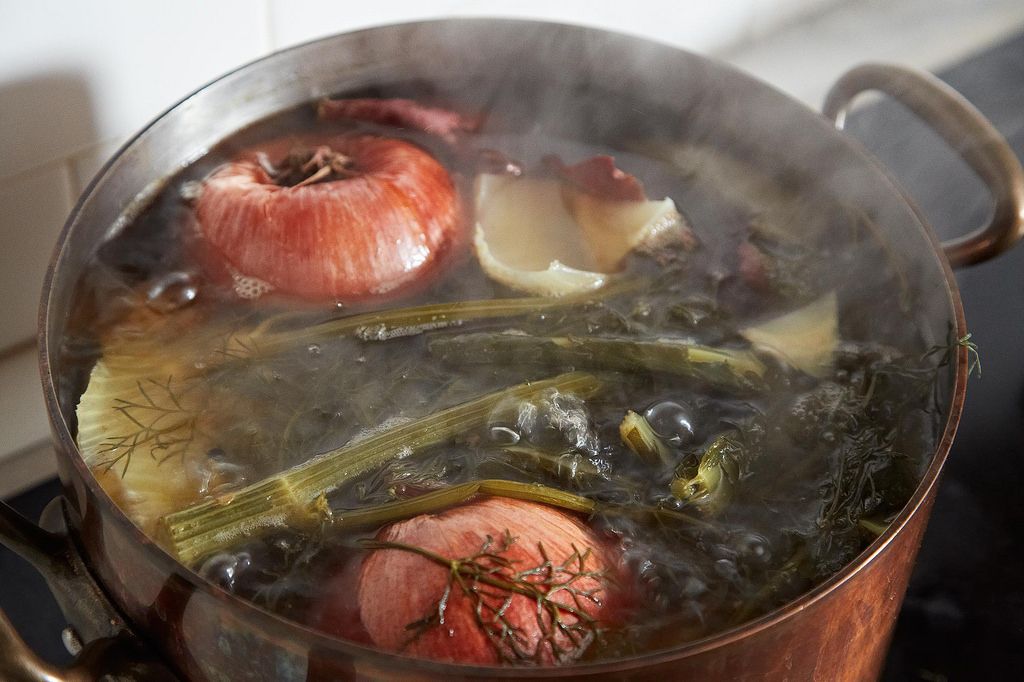
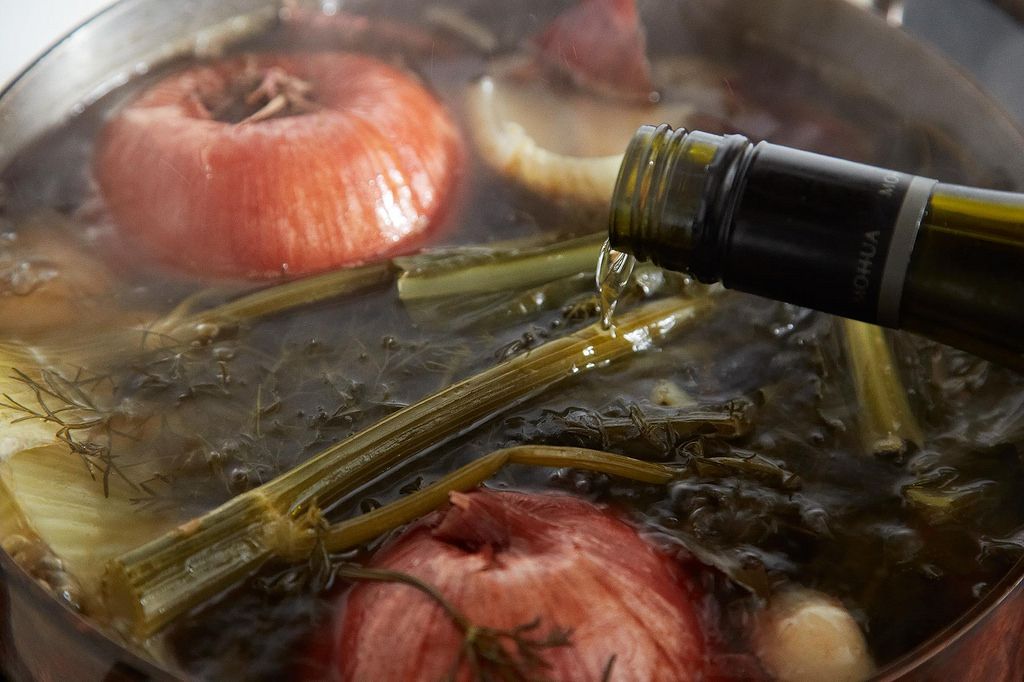
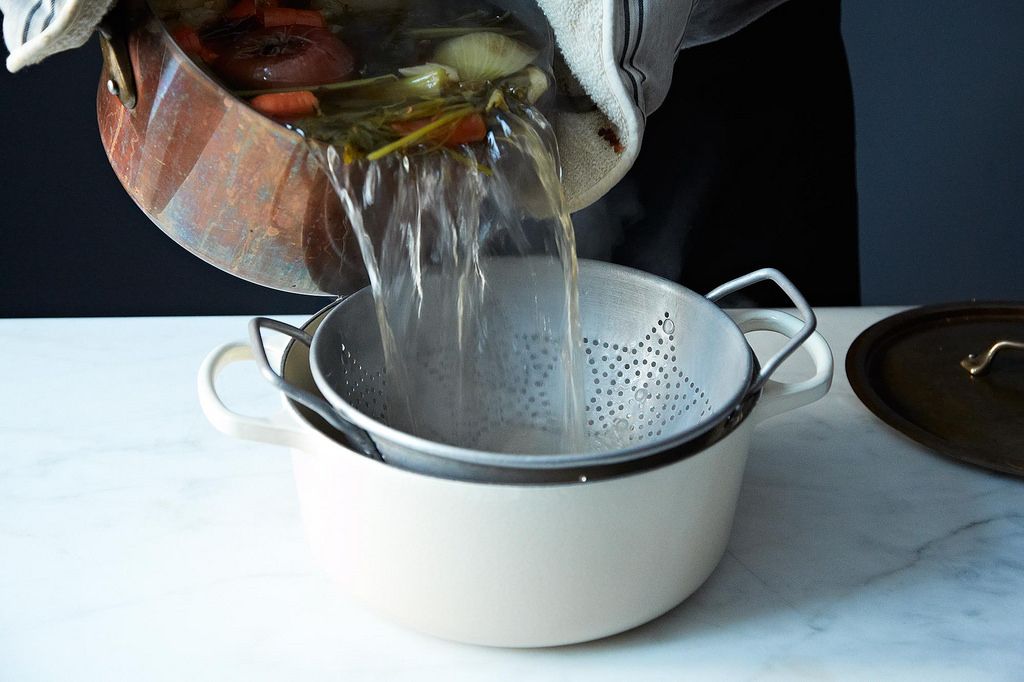


See what other Food52 readers are saying.